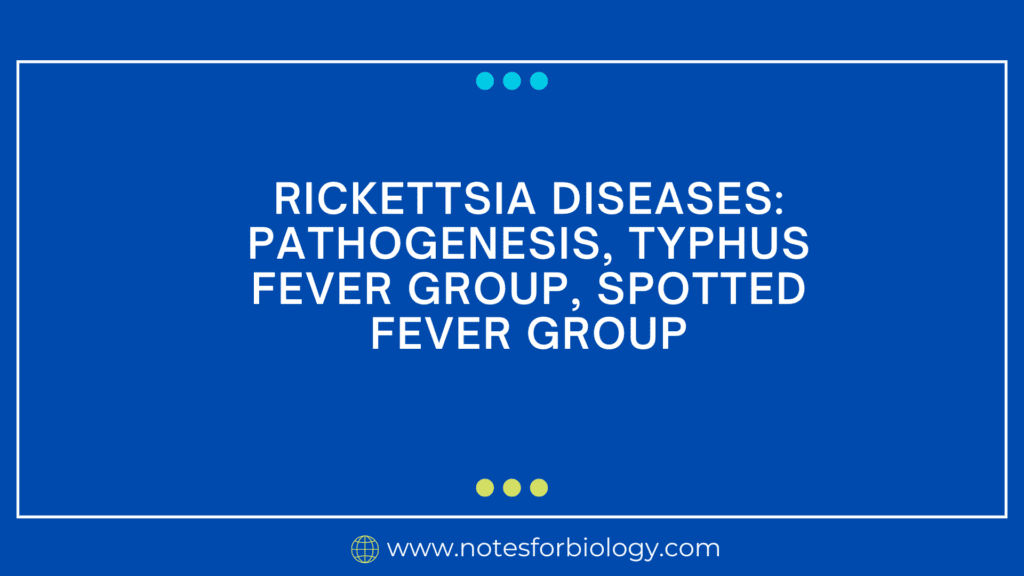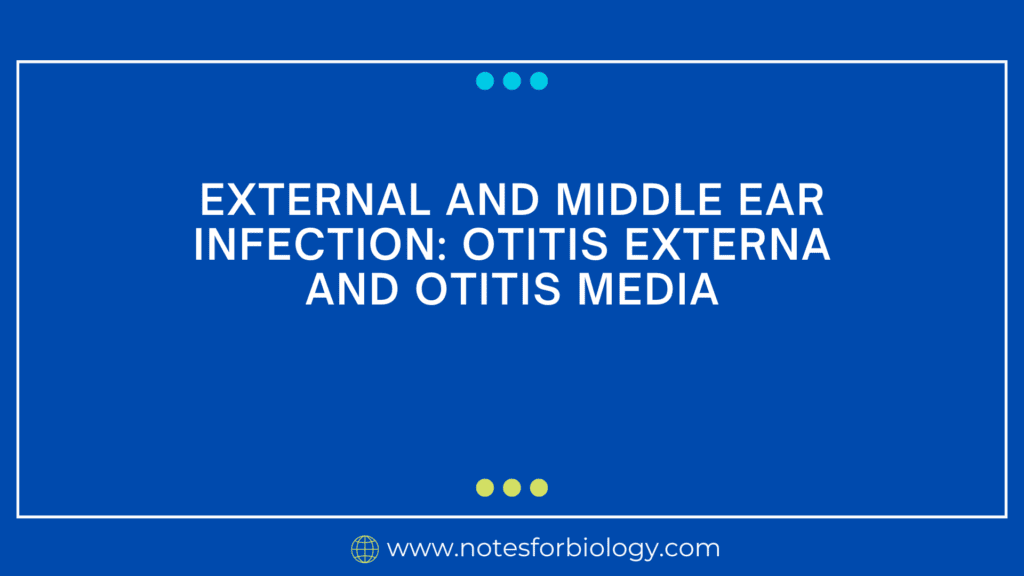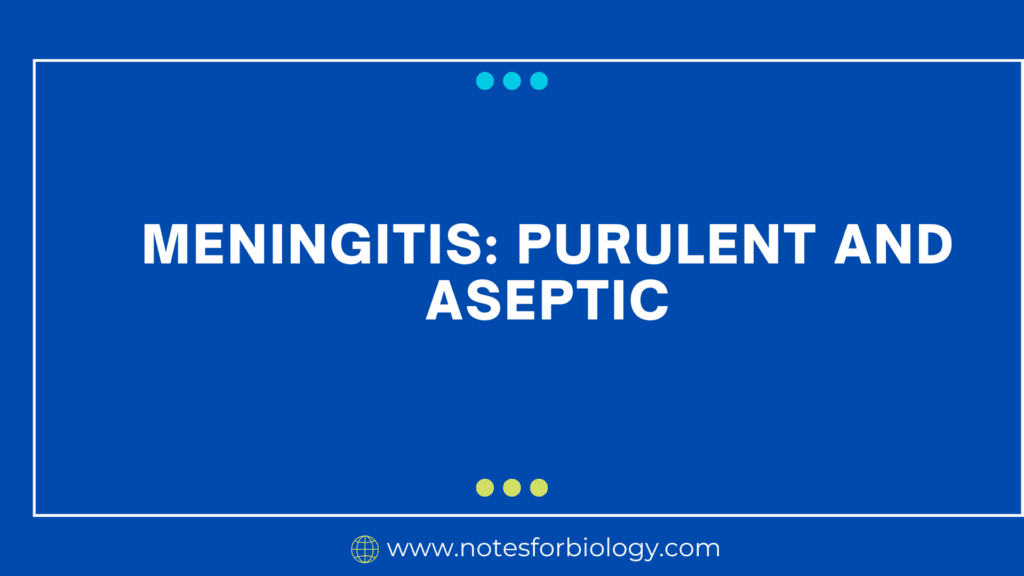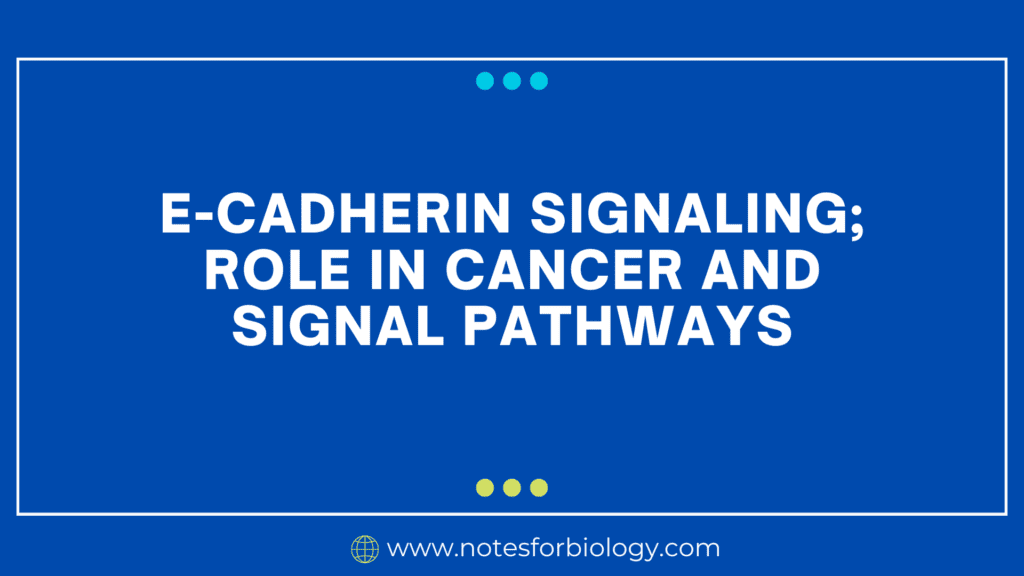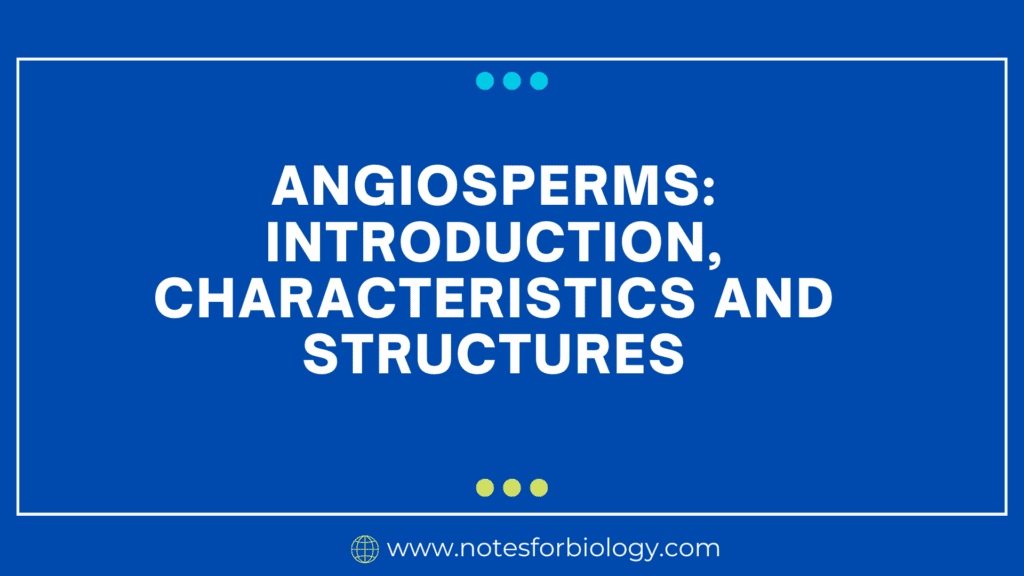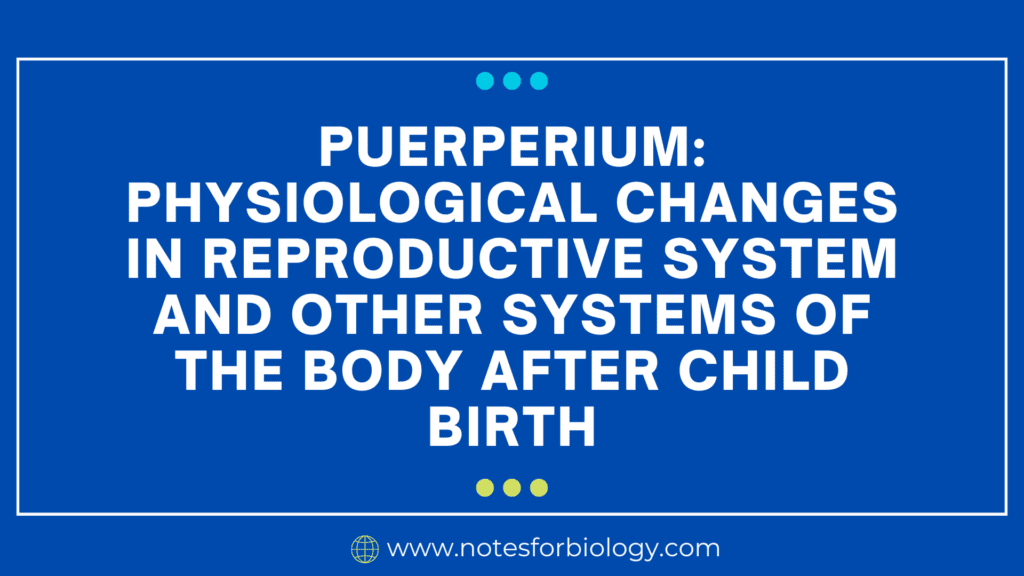Rickettsia diseases: Pathogenesis, Typhus fever group, Spotted fever group
Rickettsia is a genus of obligate intracellular bacteria that cause a variety of diseases in humans. Rickettsia diseases infections are usually spread by arthropod vectors such ticks, fleas, and lice. Here’s a detailed look at the etiology of the two main Rickettsia disease groups: Typhus fever and Spotted fever. Rickettsia diseases Rickettsia diseases are infections […]
Rickettsia diseases: Pathogenesis, Typhus fever group, Spotted fever group Read More »

